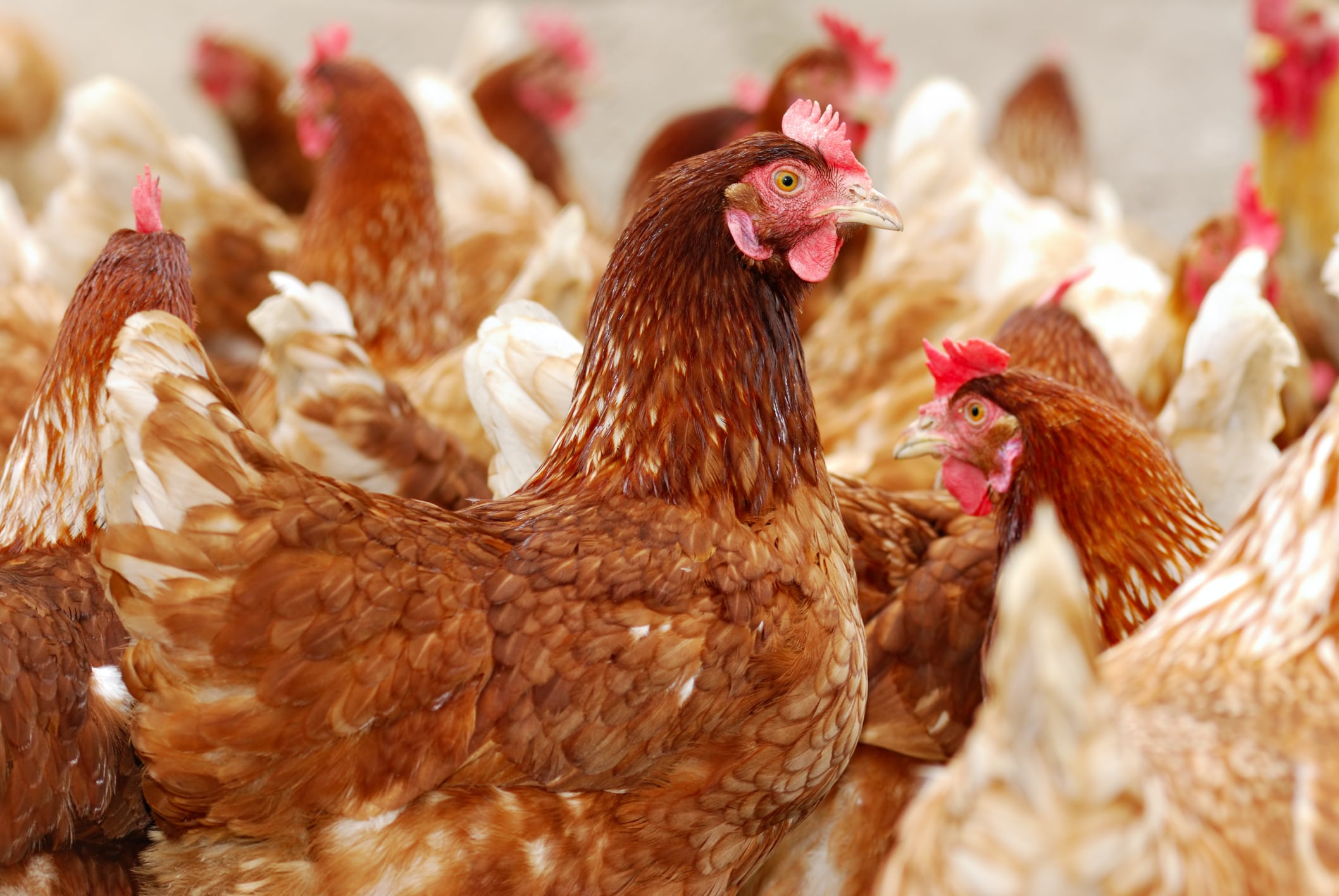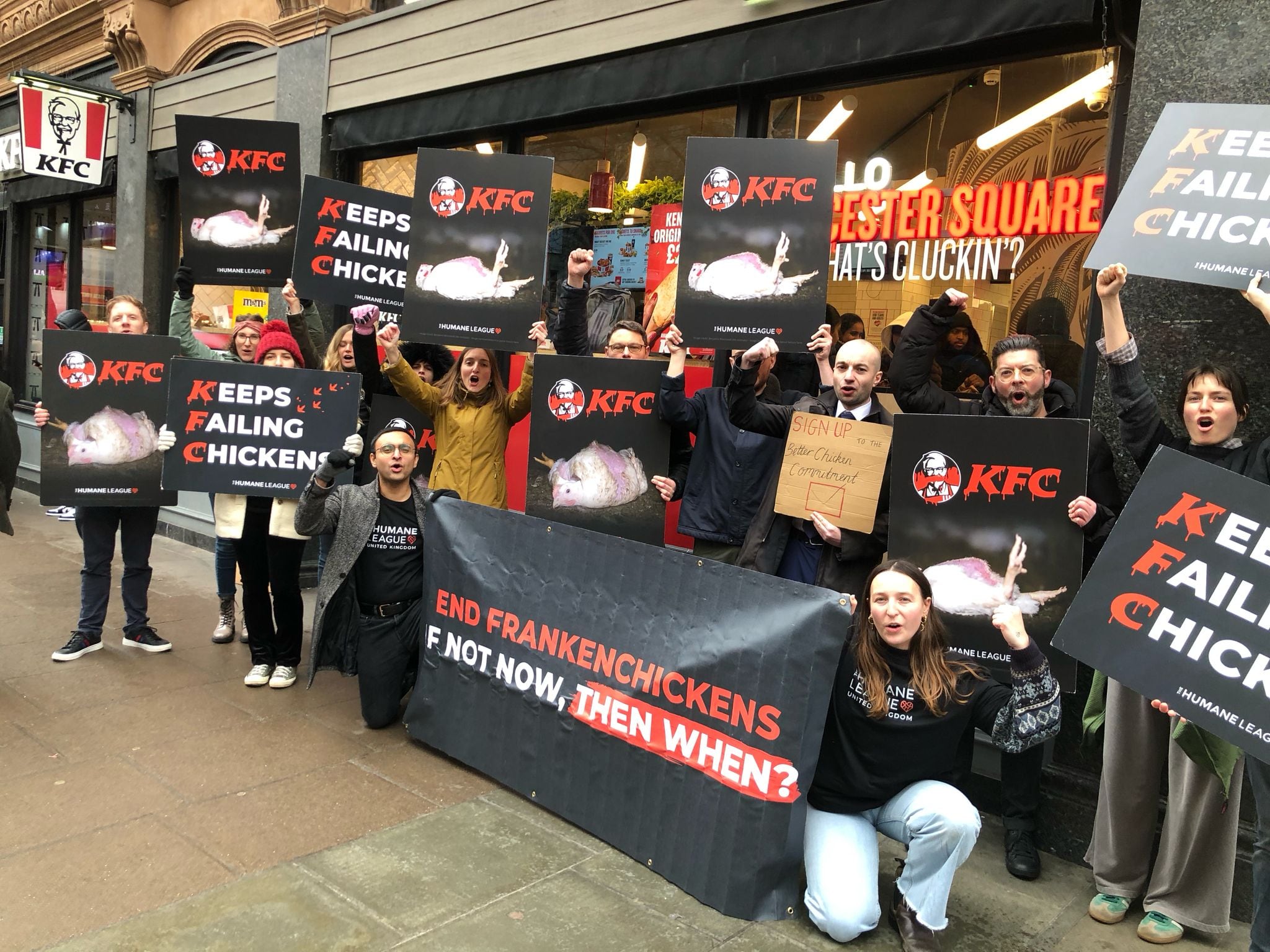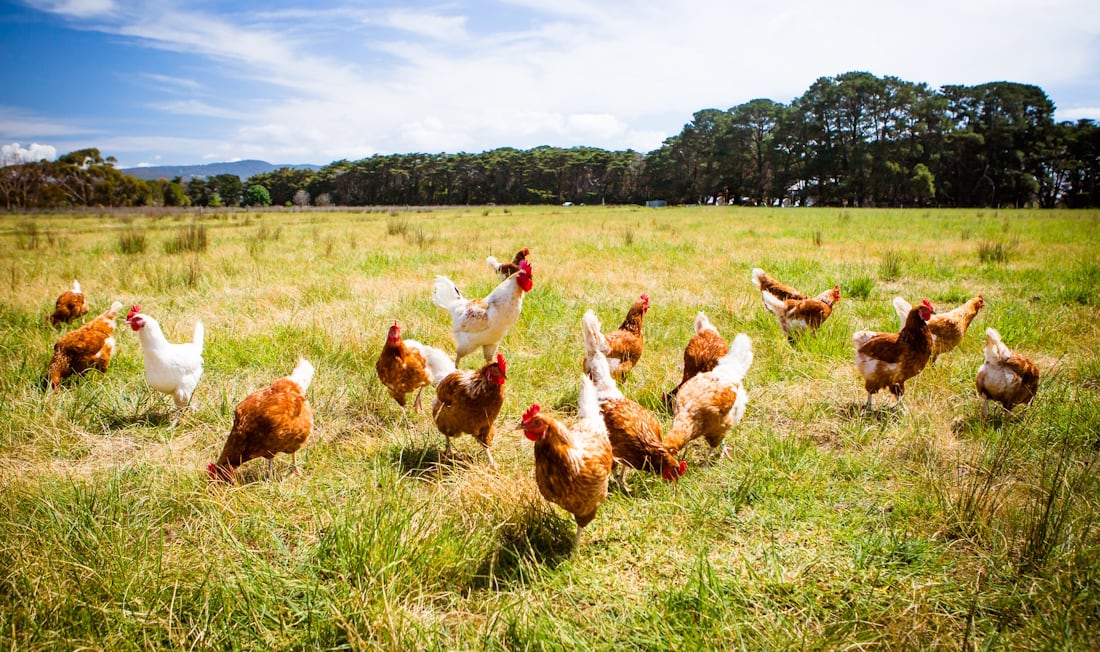Between 2018 and 2023, global poultry meat trade grew by just 8% (1 million tonnes), struggling – like the rest of the world – to context with a string of major disruptions including the COVID-19 pandemic, avian influenza and African swine fever.
Further, global economic slowdown, high feed costs, and geopolitical tensions – such as the Ukraine war and trade frictions between Western countries and China – have also contributed to a volatile trade environment.
Despite these challenges, Brazil rose to the top of the pile, capturing 90% of global poultry trade growth. Nan-Dirk Mulder, senior analyst – Animal Protein for RaboResearch, said Brazil’s success was due to cost-competitive advantages and its strategic diversification of export markets.
Value of global trade
Brazil now commands a 30% share of global poultry trade by value, followed by the EU and US at 16% each. Global poultry trade was valued at $32 billion, or $48 billion if you were to include intra-EU trade. EU shot up in rankings thanks to Brexit and the transformation of the EU-UK stream into a global flow. Thailand ranked fourth on the list of top exporters with a 13% share.
“Since 2020, the value of global poultry trade has increased by 20% to 25%, primarily due to higher prices, while trade volume growth has remained around 6%,” said Mulder. “The average poultry export price has risen from USD 1,400/metric ton in 2004 to USD 2,400/metric ton today.”
Factors such as export price inflation, higher production costs, a shift toward processed poultry, volatile shipping costs, and Brexit have influenced price levels. Despite commanding the largest slice of the chicken pie, Brazil was decidedly middle of the road when it came to export value, with Thailand coming out on top as the clear winner.
Thailand was then followed by China and Chile, due to their market access, with the EU coming in fourth thanks to Brexit.
What’s in store?
Commenting on the future of global poultry trade, Mulder added: “We expect global poultry to grow slowly, at a rate of 1% to 2% annually over the next five years. This slow pace is driven by food security strategies in key growth markets like Asia, Africa, and the Middle East, which may challenge major exporters.”
Geopolitical tensions, economic volatility, and diseases like avian influenza will continue to impact trade. Brazil is expected to further increase its market share, while Thai and Chinese exports will grow above the market average.
Russia and Ukraine may also expand their market presence, while Argentina could reemerge as a major exporter if economic conditions stabilize. Emerging players like Paraguay, Vietnam, Colombia, and South Africa may gradually gain traction in global trade.
Meanwhile, the anticipated acquisition of feed mills in Burston and Radstock by the owner of 2 Sisters Food Group has been provisionally approved by a Competition and Markets Authority independent inquiry group.




